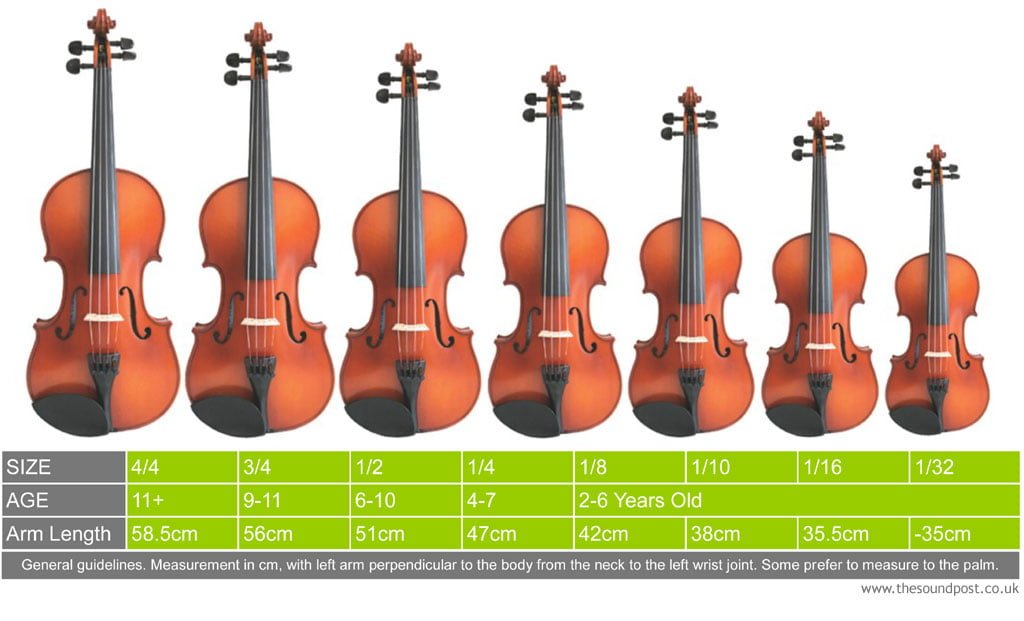My Kepler Bb people have only really 2 types of music. 1 is voice(in other words singing and humming). The other is the sounds of nature.
I figured that at some point they might build musical instruments. But is that truly possible with just stone age technology? I mean, I suppose a wood flute could be made out of a wood that isn't very weather sensitive and have a similar mechanism to this:

A concert flute. I myself have a concert flute. But mine is Mendini brand and purple and most likely made of steel instead of the silver that is used to get the very mellow sound in a high quality flute.
In fact I suppose any woodwind instrument could be made out of wood with just stone age technology.
And making drums would be pretty easy with just wood, animal hide, and string.
And of course string instruments would be easy to make.
But what about all those other instruments, the brass instruments like trumpets, and other percussion instruments like for example the piano?
Could those be made with just wood, rocks, and if needed, string? In other words could stone age people actually make all kinds of musical instruments without having to do any smelting whatsoever or in the case of the piano, without having to find ivory or ebony(what was used long ago for the white and black keys respectively)?
I figured that at some point they might build musical instruments. But is that truly possible with just stone age technology? I mean, I suppose a wood flute could be made out of a wood that isn't very weather sensitive and have a similar mechanism to this:
A concert flute. I myself have a concert flute. But mine is Mendini brand and purple and most likely made of steel instead of the silver that is used to get the very mellow sound in a high quality flute.
In fact I suppose any woodwind instrument could be made out of wood with just stone age technology.
And making drums would be pretty easy with just wood, animal hide, and string.
And of course string instruments would be easy to make.
But what about all those other instruments, the brass instruments like trumpets, and other percussion instruments like for example the piano?
Could those be made with just wood, rocks, and if needed, string? In other words could stone age people actually make all kinds of musical instruments without having to do any smelting whatsoever or in the case of the piano, without having to find ivory or ebony(what was used long ago for the white and black keys respectively)?

 Sage
Sage Myth Weaver
Myth Weaver
 Acolyte
Acolyte Auror
Auror
 Inkling
Inkling